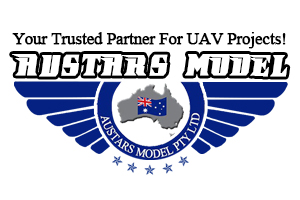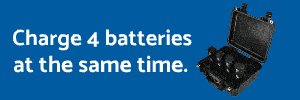- Joined
- Jan 15, 2018
- Messages
- 12
- Reaction score
- 6
- Age
- 64
Guys
Have had the top of the prop bolts shear off on a M600 work bird. Bolt stripes still aligned, no deviation, no over tightening, no modifications. Has occurred twice on same bird twice in two weeks. Has anyone else had this issue? And of course like everyone else with an in-house maintenance program we have questions about the factory torque specs groom DJI. Anyone have that info?
Thanks
Have had the top of the prop bolts shear off on a M600 work bird. Bolt stripes still aligned, no deviation, no over tightening, no modifications. Has occurred twice on same bird twice in two weeks. Has anyone else had this issue? And of course like everyone else with an in-house maintenance program we have questions about the factory torque specs groom DJI. Anyone have that info?
Thanks






